Far beyond the mainland of New Zealand lie some of the wildest, most remote islands on Earth—windswept, isolated, and full of life. On this journey, I had the chance to visit Campbell Island, the Snares, and experience the true bite of the Southern Ocean. Each place revealed its own rhythm, beauty, and challenge.
Campbell Island
How lucky to have been able to visit Campbell Island!

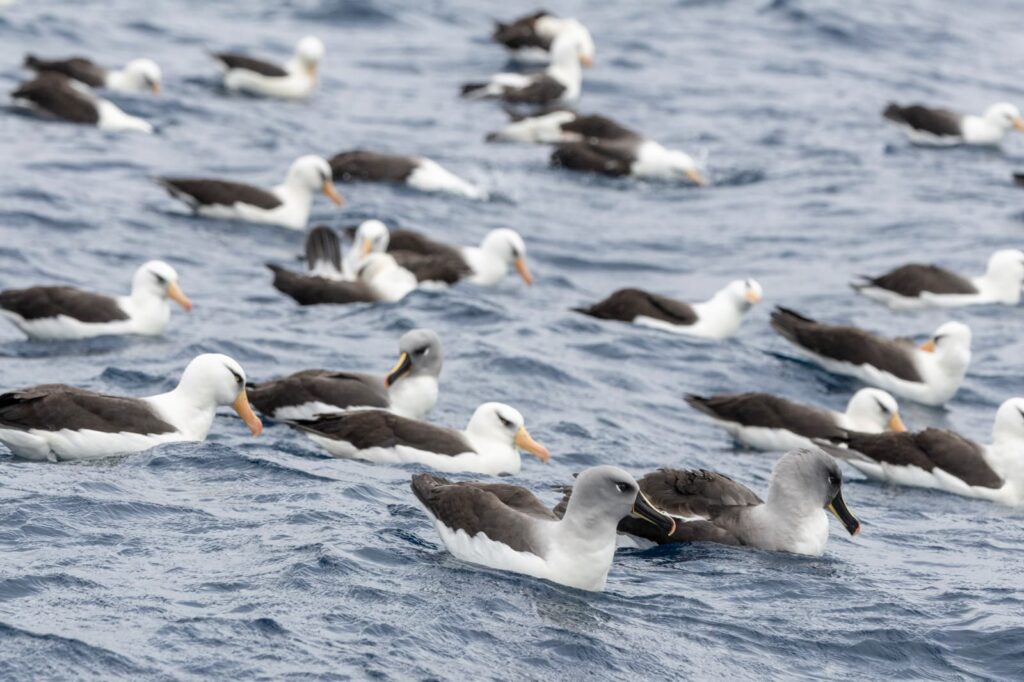
© Raphael Sane
A New Zealand sub-Antarctic territory, it is the furthest island from land, at 660 km! Far from any mainland, this island is a true refuge for birds: it’s one of the most important places in the world for albatross diversity! Six species of albatross nest there, and one of them even nests only on Campbell! In 2001, a major rodent control program took place. The invasive and devastating species brought by humans during the seal and whale hunts at the end of the 19th century had completely upset the balance and seriously threatened the local inhabitants (fauna and flora!). Eradication was a complicated project, but the teams worked hard to complete it! And today, we can only applaud this colossal effort and observe the results!
Snares Islands
From Campbell, we made our way to the next stop on this sub-Antarctic journey: the Snares Islands.
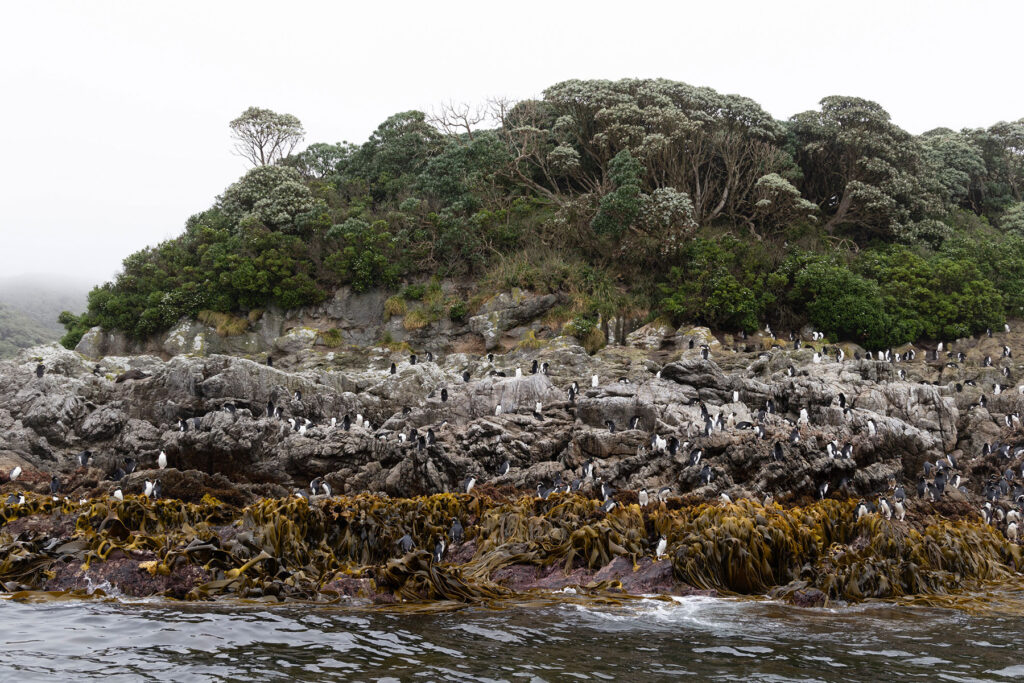
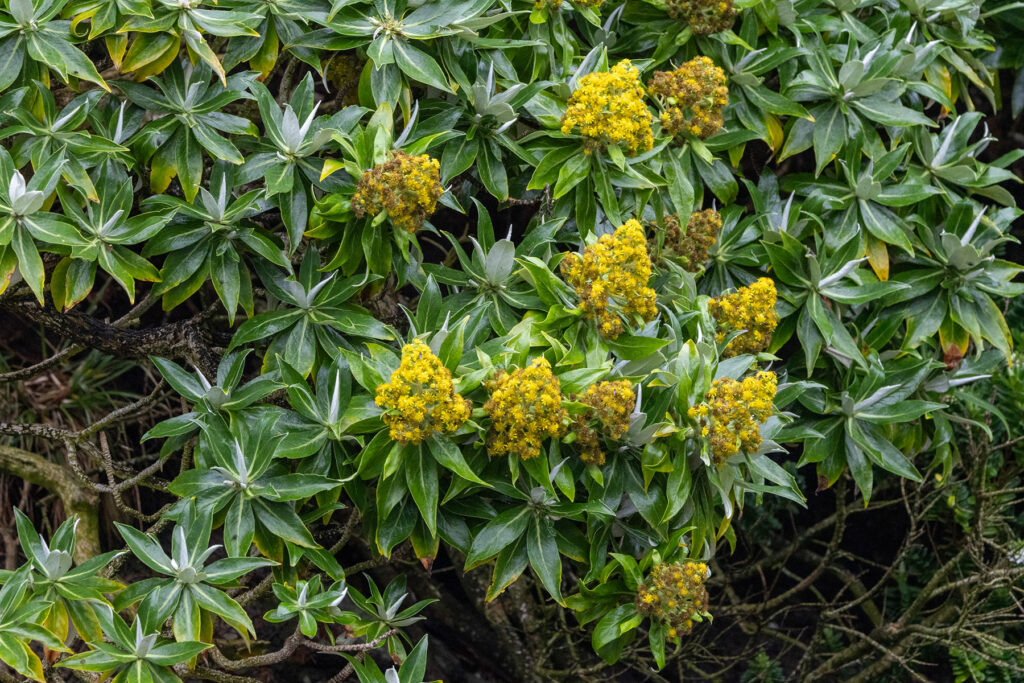


© Raphael Sane
It’s the big departure for the sub-Antarctic islands. The first one we visit is the Snares, made up of several islands. Unlike many others, they have never been home to unwanted species. This makes them a very special and wild island. However, access isn’t easy with a strong cross swell! We thought we wouldn’t be able to get close by Zodiac, but the tenacity of the entire team allowed us to have an incredible ride. Numerous cavities and arches make the ride spectacular, as do the Snares penguins, spread across about a hundred colonies nesting in the forest!
This is a real change of scenery for me, as I’m used to seeing them in Antarctica. Here, the penguins are among the trees! Note that the vegetation is also impressive, with twisted trees with beautiful yellow flowers—Brachyglottis stewartiae!
Ross Sea – Antarctica
After these island experiences, nature reminded us just how extreme this region can be. There are days when the cold is more biting… Despite wearing adapted gear, the sea spray that turns to ice makes you immediately realize it doesn’t penetrate your clothes… But the wind, the humidity—every last patch of skin must be hidden, protected.
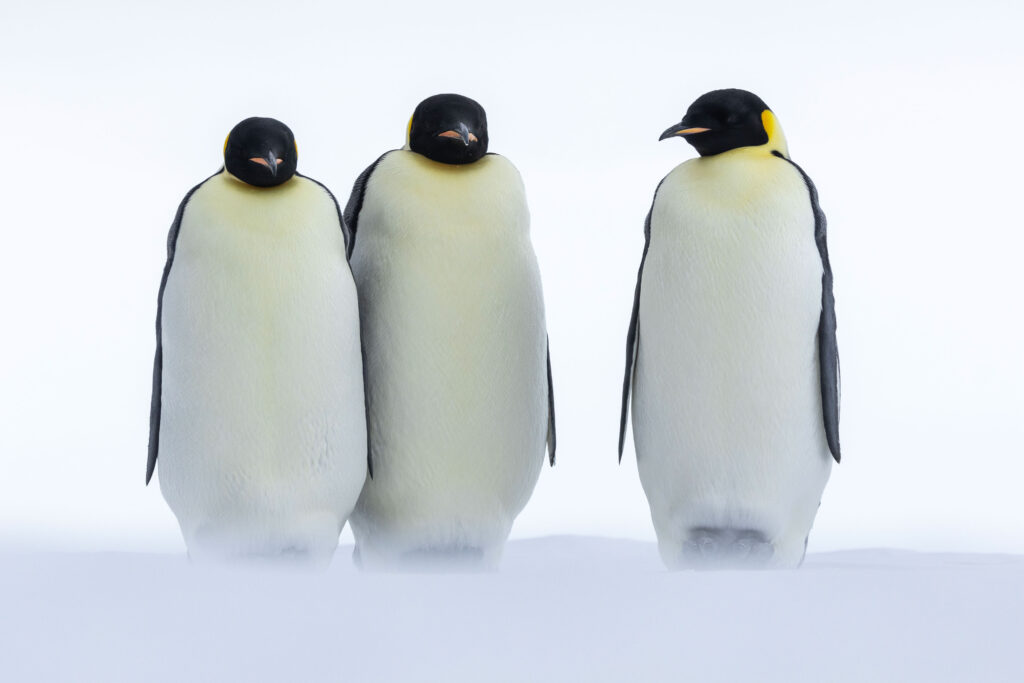
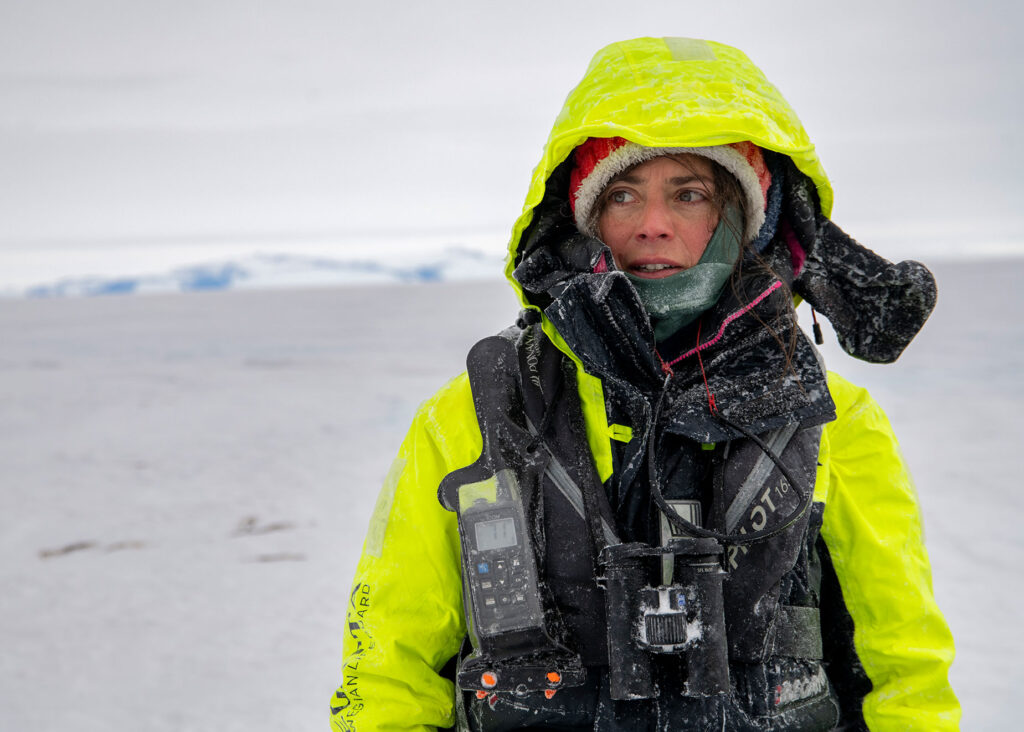
© Alexandre Herbrecht
We can’t afford to make a mistake, because magic can quickly turn into hell. But despite that, I appreciate these moments. I take care of myself, my equipment, and I enjoy every moment. My binoculars experienced the Big Freeze (–13°C on the thermometer, but with 25 knots of wind…!), and they too froze! But that didn’t stop them from working to spot an emperor penguin!
Each of these places—Campbell, the Snares, and the Southern Ocean—showed me a different face of New Zealand’s wildest frontier. Together, they form a powerful reminder of how precious, fragile, and fiercely beautiful the subantarctic world truly is.